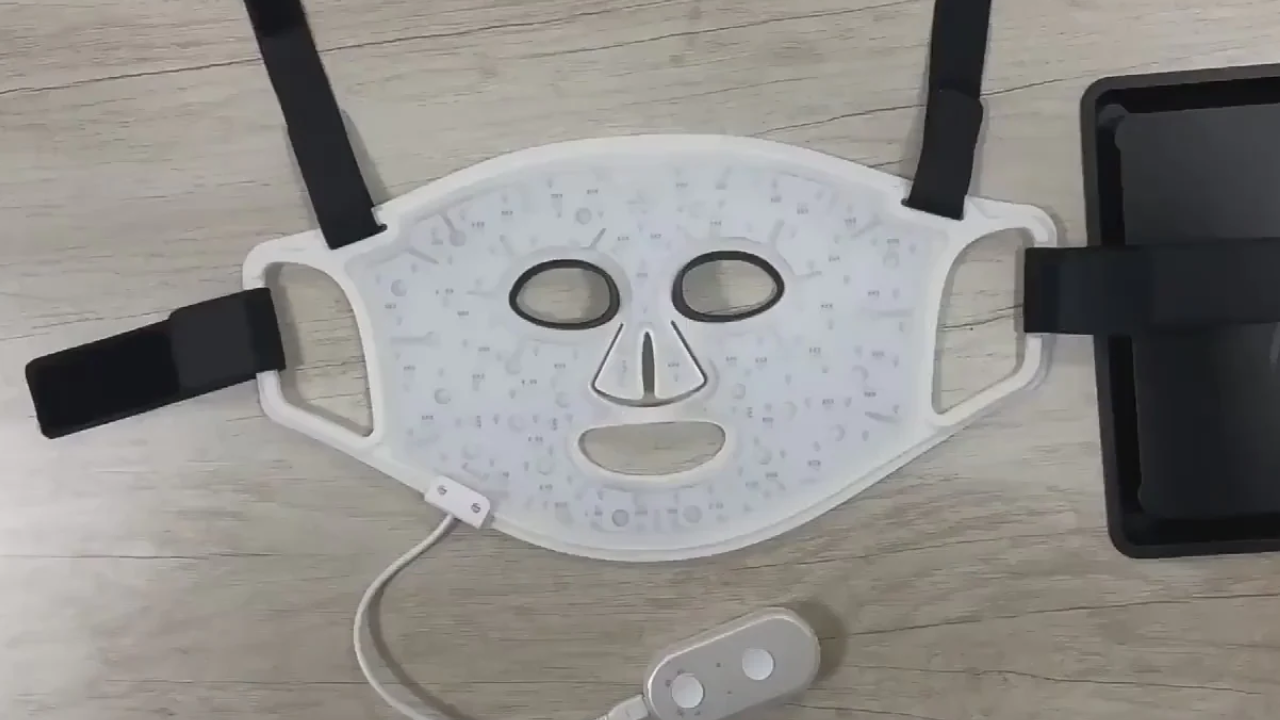The utilization of red and near-infrared light to stimulate cellular renewal and possible health advantages is made possible by an inventive gadget called a red light treatment helmet. Thanks to its LED fittings, this hands-free helmet exposes the head to precise amounts of light, which promotes processes like enhanced synthesis of collagen and ATP.
Benefits that users may encounter include better skin health, decreased discomfort and inflammation, a sharper mind, and even faster hair development. Representing a promising area in the field of at-home wellness technology, the red light therapy helmet non-invasive nature makes it a handy and safe option for individuals seeking holistic well-being.
How Do Helmets Used For Red Light Therapy Operate?
Red light treatment helmets provide precise red or near-infrared light wavelengths to the skin using low-level laser or light-emitting diode (LED) technology. It is thought that this light will improve circulation, encourage tissue healing, and increase the creation of cellular energy. It might provide several advantages, including enhancing skin health, lowering inflammation, and facilitating the healing of specific ailments.
Red Light Therapy Helmets Are Safest
Red light therapy is usually regarded as safe, although when wearing these helmets, there are several security measures to be aware of:
Radiation without Ionizing Wavelengths:
Particular light wavelengths are used in red light therapy helmets; these wavelengths usually fall between 630 and 700 nanometers for red light and 800 and 1000 nanometers for near-infrared light. Significantly, these wavelengths are non-ionizing radiation, which means they don’t have enough energy to harm cells. Red light treatment is therefore usually regarded as safe for routine use.
Controlling Heat:
Helmets for red light therapy that work well are made with less heat output to concentrate on the photobiomodulation effects instead of heating the tissues. It is recommended that users follow specified usage guidelines to minimize the risk of heat-related disorders by preventing prolonged exposure. The controlled application of heat contributes to the therapeutic benefits without compromising safety.
Eye Defense:
Although the wavelengths used in red light treatment are generally safe for the eyes, shielding them from direct exposure is still a crucial safety precaution. Certain red light therapy helmets have integrated eye protection mechanisms, guaranteeing that users can benefit from the therapy without jeopardizing eye health. Before using, users should always confirm that these safety precautions are in place.
Manufacturer Recommendations:
The manufacturer includes precise usage directions with every red light therapy helmet. These recommendations cover the ideal separations from the skin, suggested treatment times, and any other necessary safety measures. For the therapy to be safe and successful, users must carefully adhere to these recommendations. Deviating from manufacturer guidelines may compromise the desired outcomes and pose potential risks.
Skin Sensitivity and Conditions That Pre-Exist:
Red light therapy should not be included in the regimens of people who already have skin issues or are extremely sensitive. Seeking advice from medical specialists can offer tailored direction, guaranteeing that certain skin issues or sensitivities are considered. The overall safety and efficacy of the therapy are improved by this proactive approach.
Keep an Eye Out for Adverse Reactions:
It is imperative to regularly evaluate for adverse effects both during and following red light treatment sessions. Red light treatment is usually well tolerated, although each person will react differently. Users should continue to watch out for any indications of pain, irritability, or unusual skin reactions. A proactive approach to treating any possible side effects is ensured by promptly stopping the therapy and, if necessary, seeking medical counsel.
Quality and Certification of Devices:
It is essential to choose red light treatment helmets from reliable manufacturers to guarantee both safety and effectiveness. Devices that are certified pass stringent testing and conform to safety regulations. Prioritizing devices with the appropriate certifications will help users ensure that the helmet they have chosen complies with all applicable safety requirements.
Final Lines
Helmets for red light treatment provide a non-invasive way to potentially improve health. Ensuring a safe experience involves stressing important safety factors including following rules, wearing eye protection, and being aware of personal sensitivities. An unwavering dedication to safety amplifies the transformative potential of these cutting-edge wellness devices as consumers traverse the world of light-based therapies.

